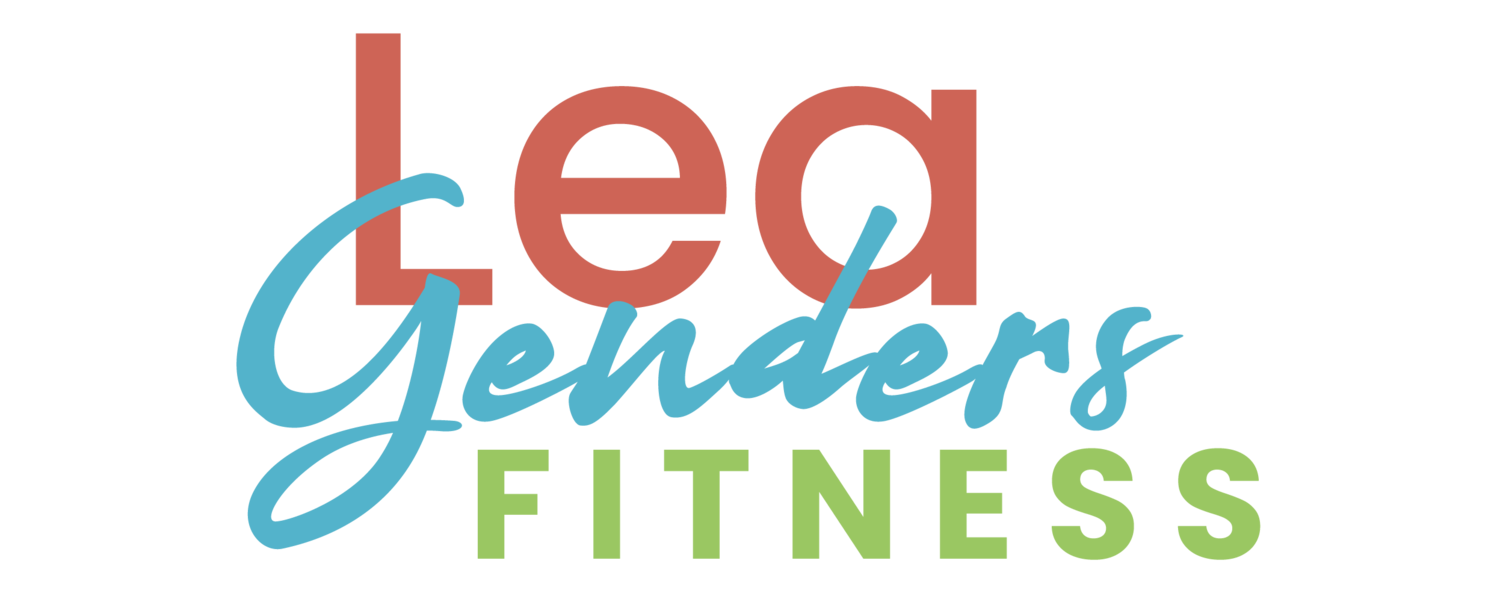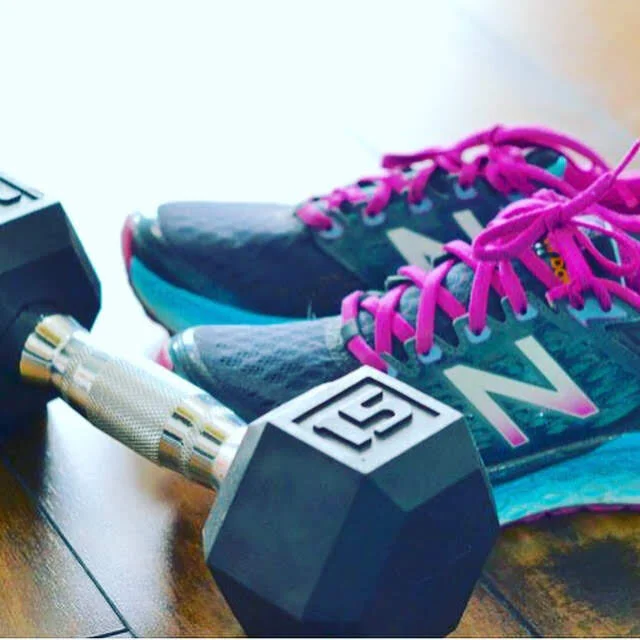"It's a clear case of the past me being more confident in future me's abilities, and now the present me has to deal with it!" – Me on Facebook the night before the Rock of Ages Half Marathon.
The Decision to Run a Half Marathon on My 50th Birthday
Back in the spring, I decided running a half marathon on my 50th birthday would be a great idea. When I saw that the Rock of Ages Half Marathon was on the big day, I signed up with optimism, maybe a little willful ignorance.
Did I forget that running a September half marathon means training through the hottest part of the Texas summer? Probably. But I trained, for the most part. I managed two to three runs per week, prioritizing strength training in the comfort of my air-conditioned gym, and squeezed in a few long runs, some in cooler weather than race day conditions.
Rock of Ages Half Marathon 2024
Preparing for a Hot and Humid Race Day
I knew going into race day that I was a bit undertrained, so I tempered my expectations. You get out of training what you put in, and I hadn’t quite put in enough. My goal became simple: move as slowly as needed to cross the finish line without too much suffering.
Race morning was exactly as expected: hot, humid, and an hour later than my usual training run start time, meaning it was even warmer. The course was flat, but mostly unshaded—classic Texas weather. It wasn’t ideal, but I was committed to getting through it.
The Race Begins: Keeping an Easy Pace
The race started fine. I kept an easy pace and listened to an audiobook, knowing that starting slow was the key to reducing suffering later on. The course was an out-and-back along the Trinity River, and I felt okay for the first seven miles.
But after the turnaround, things changed. Running into the direct sun at mile nine, I already had to tap into my mental reserves. I switched to music—Jack White was my go to—but by mile ten, I was walking.
Struggling at the End: A Mental and Physical Battle
At mile 11, I was ready to walk the rest of the race, thinking about how much I’d struggled. But then, right on cue, these lyrics from my playlist hit my ears:
I realize that you have tried and tried and are just about ready to give up
But I got good news for you
God has spoken to my mind and told me to tell you
To get moving in the right direction for a change
I'm gonna put you in the fast laneArchbishop Harold Holmes, Song by Jack White
Jack White (or maybe God, haha) was telling me to run, so I picked up the pace again, pushing a run/walk through to the finish line.
and I am walking. Couldn't even fake it for the cameras. hah.
Post-Race: A Surprise Win
I finished the 13.1 miles, exhausted but happy to be done. I felt accomplished just to have completed the race, but I didn’t stick around for the awards ceremony. Given the walking breaks and struggle at the end, I didn't think my performance was award-winning.
Later that day, I looked up the race results and noticed my name wasn’t in my new age group (females 50-54). Confused, I checked the Masters division. To my surprise, I had won! I was the fastest woman over 40 and placed 23rd overall out of around 500 participants.
Suddenly, my perspective on the race shifted. What I had perceived as a poor performance was actually a victory, considering the conditions.
post race surprise celebration for my “fabulous fifty” birthday!
The Reality vs. Perception of Performance
I thought I performed poorly, but the reality was that I did better than I realized. The heat and humidity affected everyone, and I ended up being the fastest of the women over 40 that day.
Our ability to hold a pace is directly impacted by how our brain perceives effort. It’s worth considering how our perceptions can influence how we feel about a race.
Why Perception Matters in Running
Perception plays a huge role in motivation, mental state, and confidence. Negative perceptions can make us feel defeated before we’ve even crossed the finish line. Strengthening your mindset means learning to step outside of how you feel in the moment and being mindful, present, and objective.
Shifting Your Mindset for Future Races
Changing your perspective can improve both your performance and your enjoyment of running. Here are a few practical tips for shifting your mindset during tough races:
Focus on effort, not outcome: Control what you can—your mindset and your effort—not the weather or other external factors.
Embrace discomfort: Running in challenging conditions builds mental and physical resilience. The harder effort pays off in future performances.
Celebrate small wins: Progress comes in many forms—sometimes it’s finishing the race, running a bit faster or farther, or learning something new about yourself.
Reframing Difficult Races: Lessons Learned
Instead of dwelling on perceived failures, use tough races as learning experiences. Trust the process and recognize that what you feel in the moment isn’t always the full picture.
The Power of a Growth Mindset in Running
A growth mindset is the belief that your abilities can improve through effort and learning. Instead of saying, "I could never do that," shift to, "I can't do that yet, but with practice, I will improve."
This change in perspective can transform how you approach running and your overall life goals.
The Truth About Age and Performance
On my 50th birthday, I can confidently say I am fitter now than I was at 30. While it’s true that age brings some natural decline, how we age is more within our control than we realize. With consistent strength training, good nutrition, stress management, and sleep, we can continue to perform and improve in different ways well into our later years.
Ran it in!
Conclusion: Changing Your Perspective Can Change the Outcome
What felt like a disappointing race turned into a victory when I changed my perspective. Simply by reframing how I viewed my performance, I went from feeling defeated to feeling accomplished.
Running, like life, is about embracing challenges, shifting our mindset, and finding victories in the process. The key to success often lies in how we choose to perceive the journey.
Do you know someone who might benefit from coaching? It helps me when you share with your friends and followers.
Questions? I’d love to help.
Coach Lea
I am a personal trainer, running coach, and master health coach dedicated to helping runners get strong, body and mind!






























Forget the pressure to "end the year strong." This December, I am exploring a different approach: ending the year soft. Learn how compassion, rest, and grace can set you up for a healthier New Year than pushing ever could.